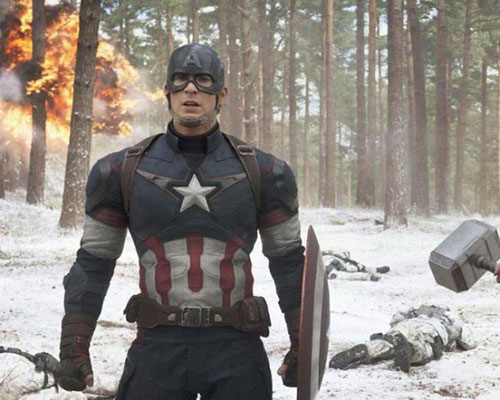
Hear “Take Two Movie Reviews” every Saturday and Sunday at 11:45 a.m. and 1:45 and 5:45 p.m., on WHAV.
By now the folks at Marvel have got it down: A story line with an apocalyptic threat respectable character development and interaction, some reflection on humanity, and, of course, lots of stuff blowing up. “The Avengers: Age of Ultron” doesn’t break this mold.
The collaborating Marvel heroes are together again the fight Hydra, and their leader Baron von Strucker, who has been experimenting on humans with material from an extraterrestrial scepter, managing to create two villains with Avenger-like powers. Meanwhile hero Iron Man-a.k.a. Tony Stark-has a secret project to remove the Avengers from world-guardianship using an artificial intelligence resident in a jewel from the scepter. The A.I. is Ultron, who promptly turns on Strucker, allies himself with Strucker’s creations, and then proceeds to run amok, believing that the only way to create peace on earth is to eliminate humanity. The heroes disagree about the Ultron project, and Tony’s secretive methods in general.
One line you’re supposed to remember from one of the crew to Tony is “once you start trying to prevent the next war, that’s when people start to die.” This kind is wisdom and the discussion of moral dilemmas help develop the characters and elevate the story. The A-list cast from the wise-cracking Robert Downey Junior, who’s in a majority of the scenes, to Samuel L. Jackson, whose Nick Fury is seen only briefly, do yeoman’s work. The golden-throated James Spader steals the show as the perfect villain, Ultron. If there’s a weakness in Joss Whedon’s “The Avengers: Age of Ultron,” it may be a bit busy with sub-plot machinations, including an in-school relationship between two of the heroes. If you’re a fan, though, better get your fill now …You’ll have to wait until 2018 for the next installment.
